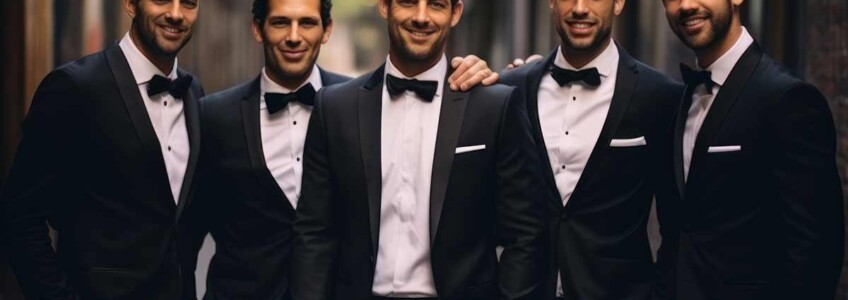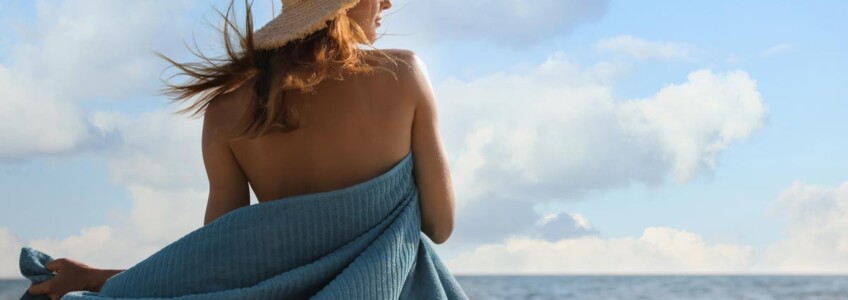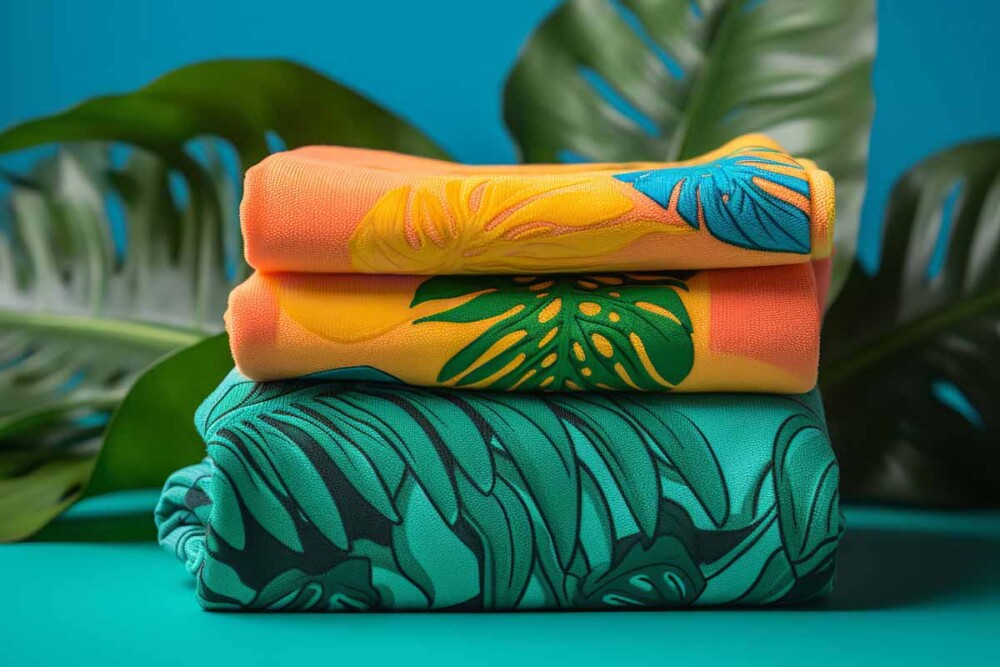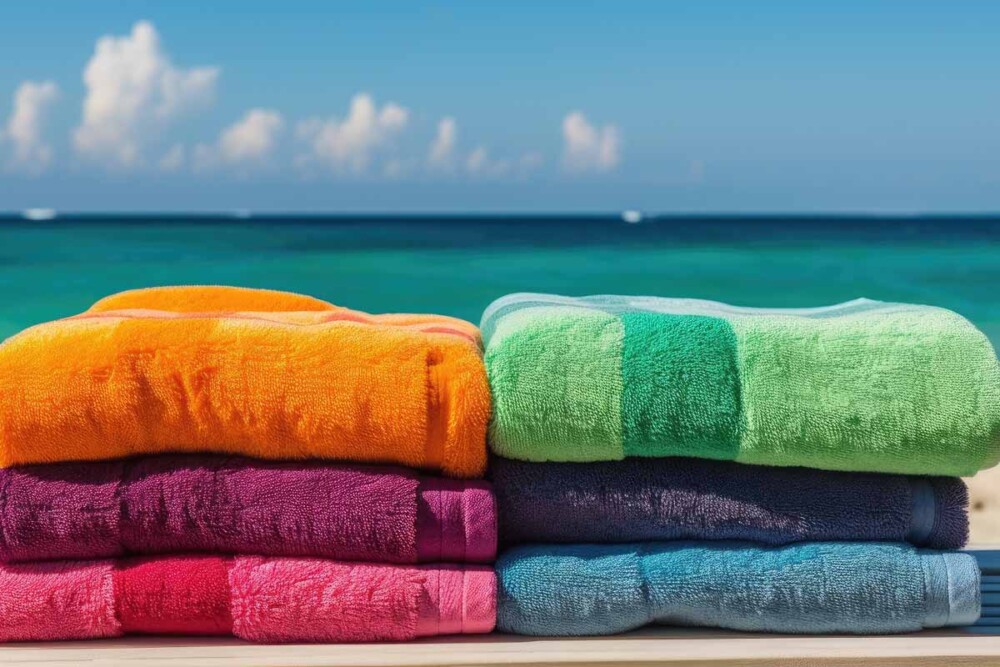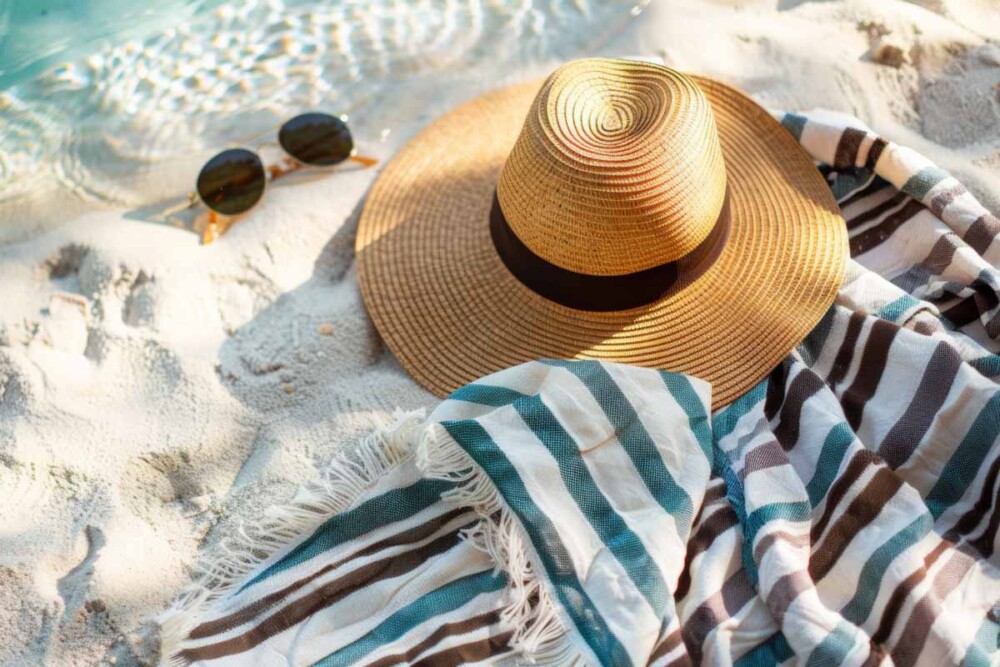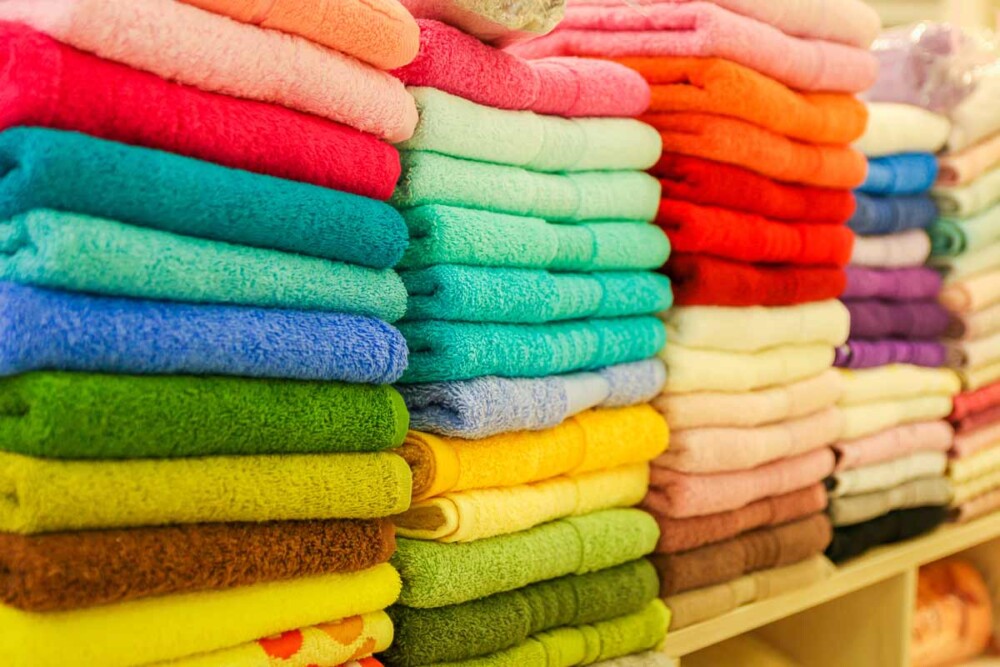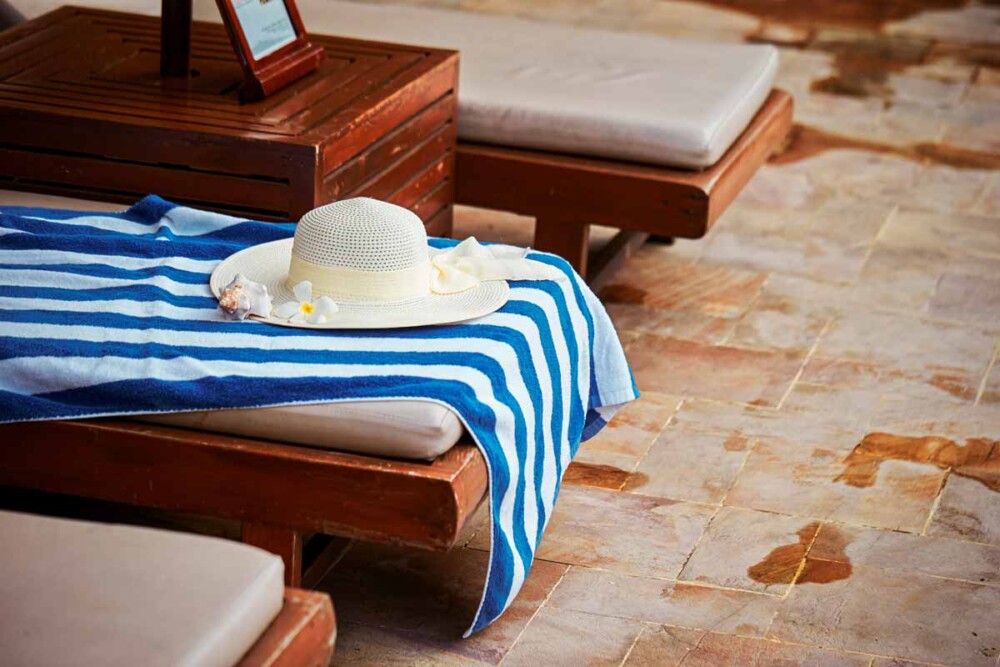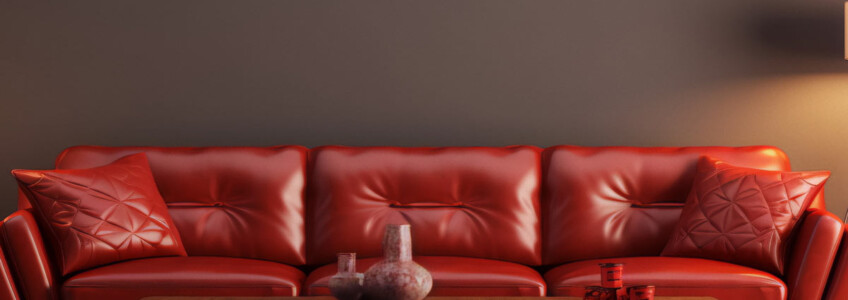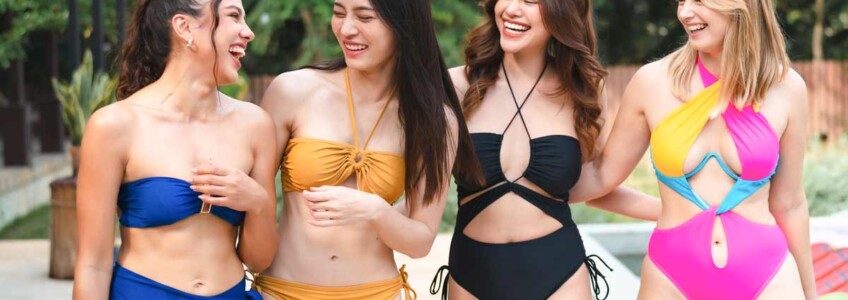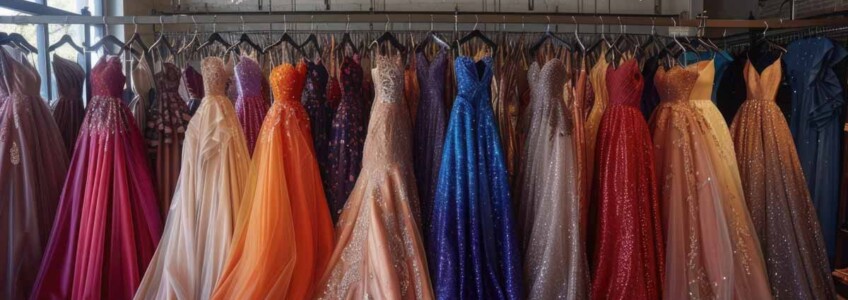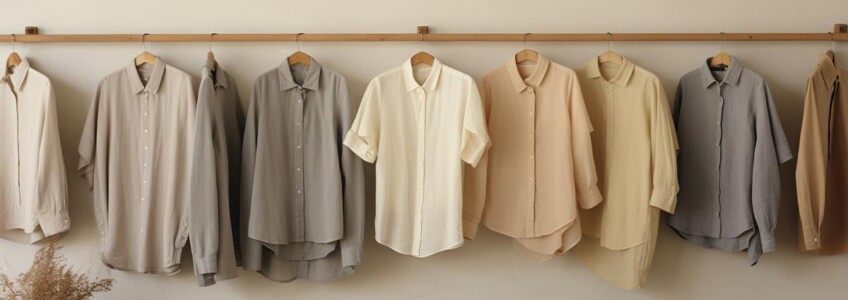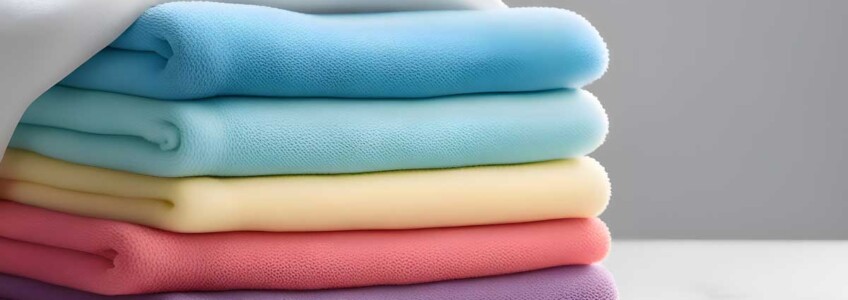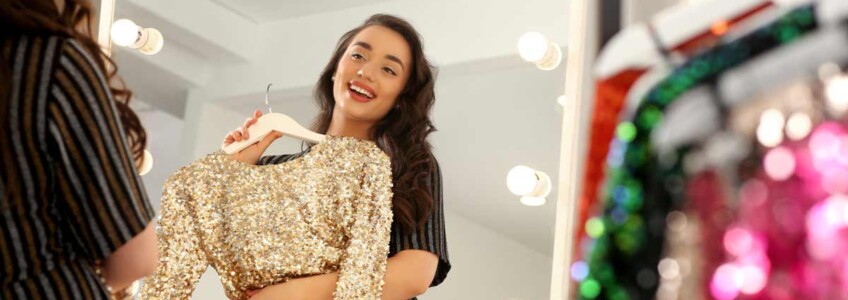Choosing the right fabric for a men’s ceremony dress is crucial to ensure style, comfort and durability. Manifattura Foderami Cimmino guides you through the various types of fabrics available, their characteristics and advises you how to choose a formal dress for men that best suits your needs.
Types of fabrics for men’s ceremonies
When it comes to choosing the ideal fabric for men’s ceremony dresses, it is crucial to consider the distinctive features of each material. Each classic fabric offers specific advantages in terms of aesthetics, comfort and practicality, and the right choice can make the difference between men’s clothing for ceremonies that stand out and others that go unnoticed. Here are the main types of natural and synthetic fabrics used in the making of men’s clothing for ceremonies, their properties and their ideal use.
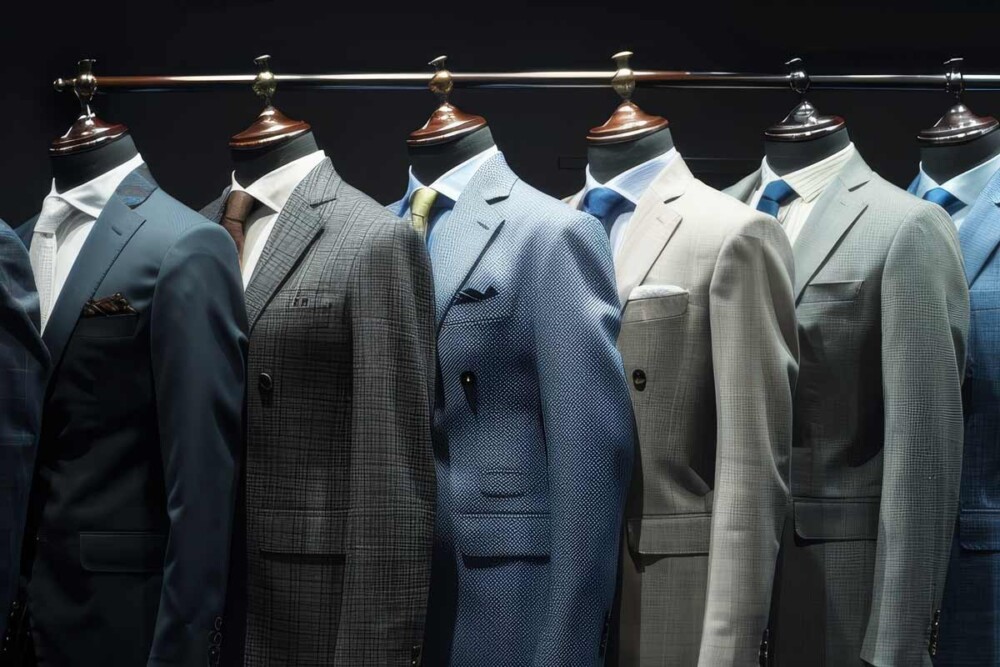
Wedding dresses for men: natural fabrics
Natural fabrics have always been the preferred choice for those looking for elegance and comfort in men’s wedding dresses. Made with fibers obtained directly from natural resources, these fabrics offer breathability, softness and a pleasant feeling on the skin. In addition, natural fabrics are often synonymous with high quality and durability, the ideal choice to make elegant men’s wedding suits.
Wool
Wool is one of the best fabrics for men’s formal wear, thanks to its versatility and ability to maintain shape. It is ideal for cold seasons and for men’s evening dresses, as it provides warmth while remaining breathable.
Clothes man ceremonies? Discover the Vigogna Pura Lana Ileana fabric
Cotton
Cotton is another popular natural fabric, appreciated for its lightness and comfort. It is perfect for summer ceremonies, as it allows the skin to breathe and absorbs moisture.
Discover how to make a men’s dress ceremony with the fabric Canvas Cotton Sorrento
Linen
Linen is the summer fabric par excellence. Extremely breathable and lightweight, it is ideal for a men’s ceremony suit in warm climates. However, it tends to crease easily, so it is important to consider the occasion and the intended use for linen clothing.
Discover the fabric Lino Clothing also for men’s ceremony dresses.
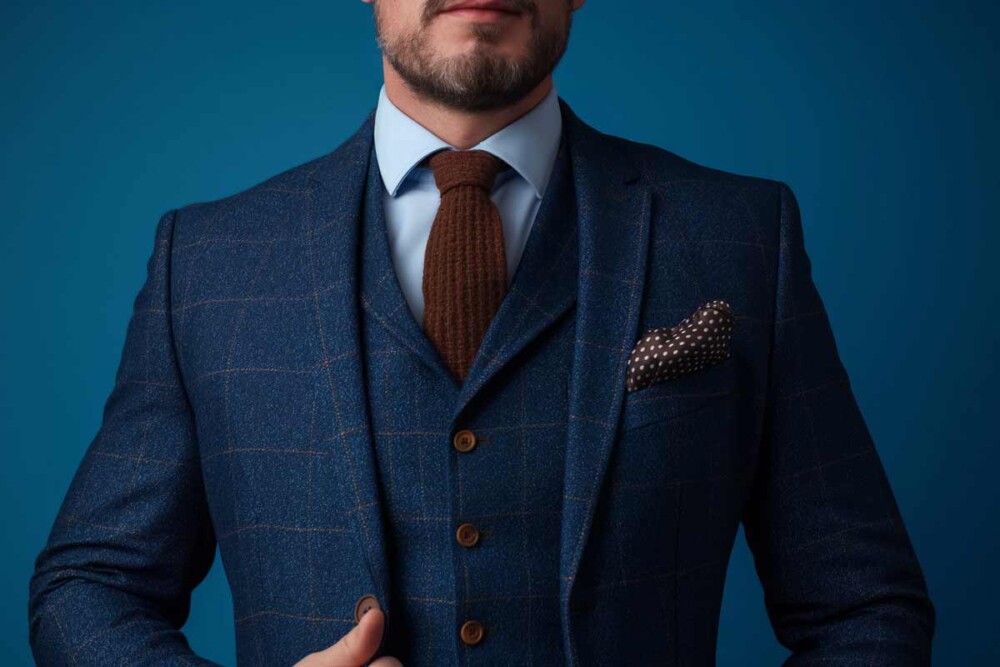
Synthetic fabrics for men’s formal dresses
Synthetic fabrics represent a valid alternative to natural materials, offering a series of unique advantages in creating a complete man wedding. Created through chemical processes, these fabrics are designed to be durable, durable and often more affordable. Thanks to modern technologies, synthetic fabrics can imitate the aesthetic and functional properties of natural fabrics, while ensuring greater ease of maintenance.
Polyester
Polyester is a durable and durable synthetic fabric. It is often used in combination with natural fibers to improve endurance and reduce creases in evening men’s clothing. However, it is not very breathable, so it is better to avoid it in the summer months.
Discover the Burlington fabric
Viscose
Viscose, also known as rayon, is a synthetic fabric that mimics the characteristics of silk. It is soft to the touch and offers good draping ability, making it ideal for elegant fabrics for men’s evening dresses.
Discover the fabric Elastic Rebel

Features of fabrics for men’s ceremony dress
When choosing a fabric for a men’s formal dress, it is crucial to consider not only the aesthetic appearance, but also the functional features that will affect the comfort and durability of the man wedding dress or for other event. Each fabric has unique properties that can make it more suitable for certain situations or personal needs.
Breathability
Breathability is crucial to ensure comfort during prolonged use of a garment, as in the case of a man’s wedding dress. Fabrics such as linen and cotton are highly breathable, while synthetic fabrics tend to retain more heat.
Resistance
Resistance is fundamental for men’s wedding dresses that must maintain shape and appearance over time. Wool and polyester are known for their durability, while cotton and linen may require more frequent care.
Comfort
Comfort is essential for men’s wedding dresses. The choice of tissue should take into account personal preferences and skin sensitivity. Natural fabrics such as cotton and wool are generally more comfortable than synthetics.
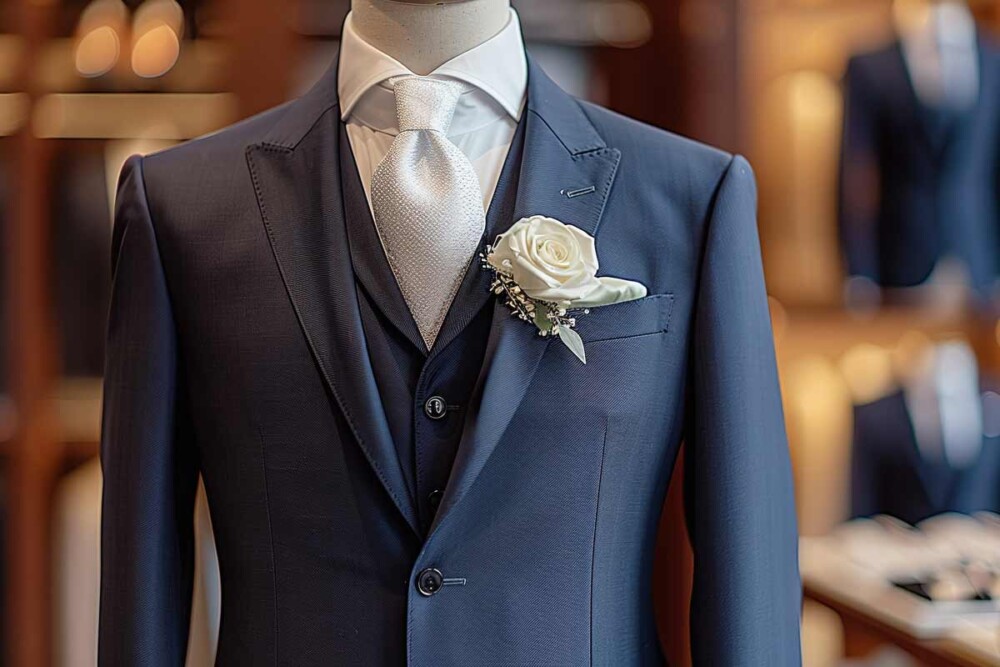
Men’s wedding dress: fabrics for different seasons
The choice of fabric for ceremonial men’s suits should also take into account the season in which the event will take place. Each season presents different climatic conditions that require specific fabrics to ensure comfort and adequate breathability.
Men’s ceremony suit: Summer fabrics
During the summer months, the choice of fabric dresses for men’s ceremony becomes crucial to ensure freshness and comfort. High temperatures require light and breathable materials that allow you to maintain a feeling of freshness even on the hottest days.
Linen
Linen is perfect for summer men’s ceremonial clothes thanks to its lightness and breathability.
Light cotton
Lightweight cotton is ideal for men’s formal wear in summer, as it offers comfort and freshness even on the hottest days.
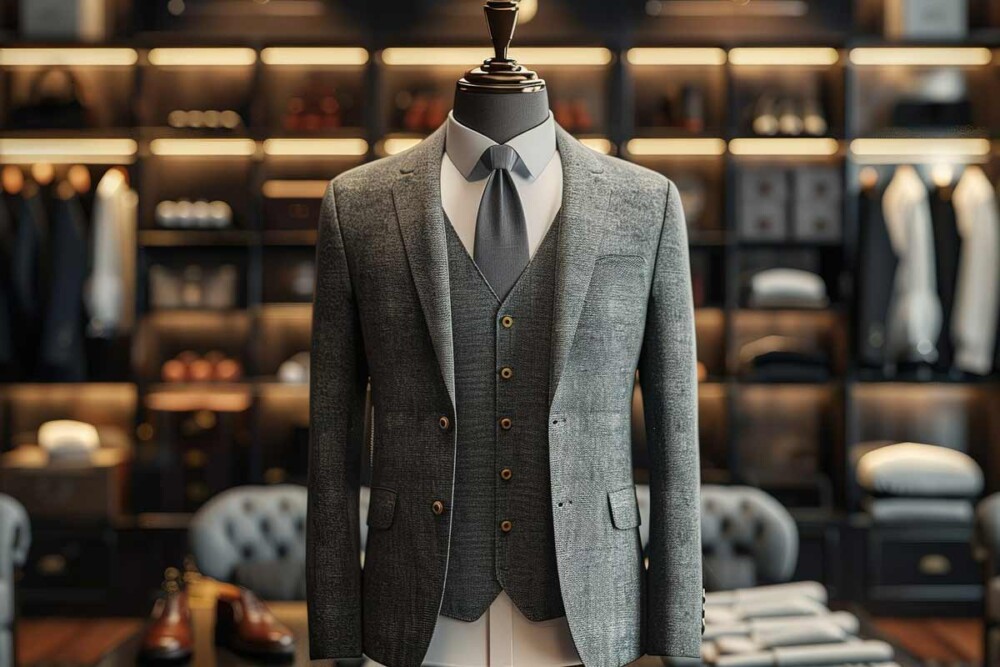
Men’s formal dress: Winter fabrics
During the winter months, the choice of the right fabric for men’s ceremony dress is crucial to ensure warmth and comfort without sacrificing elegance. Low temperatures require materials that offer thermal insulation and maintain a feeling of warmth.
Wool
Wool is ideal for a men’s dress for ceremony in the winter months, thanks to its ability to insulate heat while maintaining breathability.
Tweed
The tweed is a strong and warm fabric, perfect for men’s winter ceremony dresses. It offers a classic and sophisticated look.
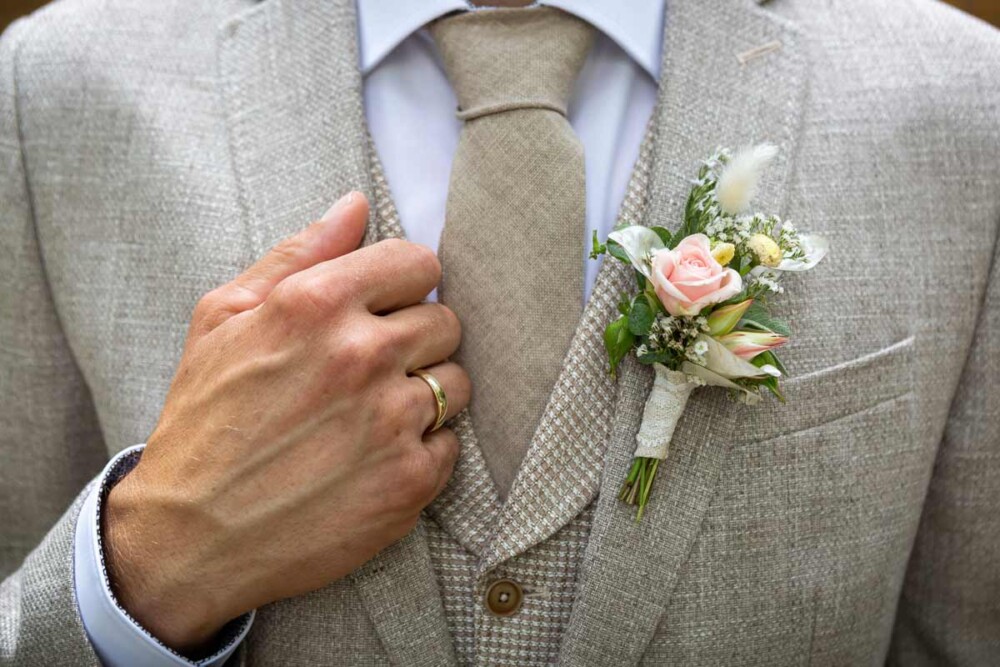
Dress for men ceremony: how to choose the right fabric
Choosing the right fabric for men’s wedding dresses or other events is a crucial decision that affects not only the aesthetic appearance, but also the comfort and practicality of the garment. There are several factors to consider to make the best choice, including the occasion, the season and personal preferences.
Consider the occasion
Formality and type of ceremony are crucial in the choice of fabric. For very formal events, requiring a proper evening dress for men, fine fabrics such as wool or silk are preferable, while for less formal ceremonies, cotton and linen may be appropriate for a male formal dress.
Adapt to the season
The season of the event directly affects the choice of fabric for men’s ceremony suits. Summer fabrics for men’s ceremony dresses like linen and cotton are ideal for warm temperatures, while wool and tweed are best for winter.
Personal preferences and comfort
Personal preferences and comfort should not be overlooked. It is important to choose a fabric for men’s ceremony dresses that will make you feel comfortable and reflect your personal style.
Choose the right fabric for a complete ceremony man requires attention to detail and an understanding of your needs and occasion. That you are looking for a men’s dress for ceremony made with Italian fabrics or prefer more international options, the key is to find a balance between style, comfort and practicality and choose the fabrics for ceremony dresses selected by Manifattura Foderami Cimmino.



